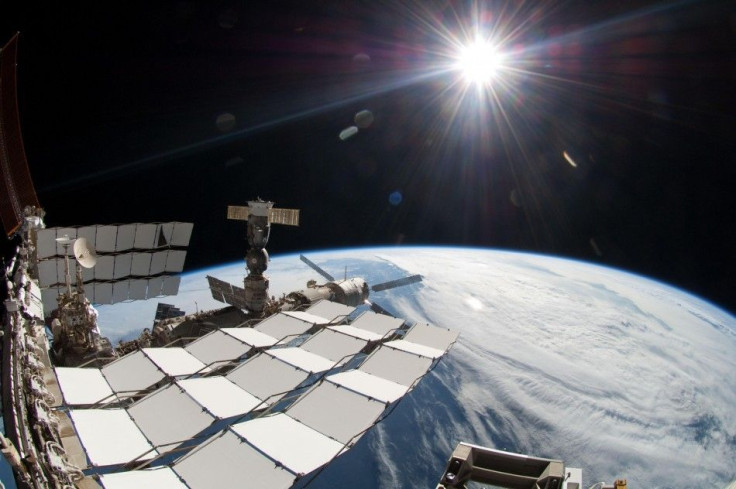Space Tourism: Chinese State-Backed Company Says It’s Designing World’s Biggest Spaceplane

China wants to dip its toes into the yet-to-take-off space tourism business. The state-backed China Academy of Launch Vehicle Technology is, according to the New Scientist, designing a spaceplane that can fly up to 20 people to the edge of space — making it way bigger than Virgin Galactic’s SpaceShipTwo, which can carry eight people, and Blue Origin’s New Shepard capsule, which has room enough for six.
“More and more common persons are interested in the experience of space flight,” the company reportedly wrote in a paper presented last week at the International Astronautical Congress in Guadalajara, Mexico.
The company has designed two versions of the plane — a 10-ton version with a wingspan of 19.7 feet that can fly five people to an altitude of 62 miles at speeds of up to Mach 6, and a 100-ton version with a 39.4 feet wingspan that can fly 20 people to an altitude of over 80 miles at speeds of up to Mach 8.
In addition to the significantly higher capacity than other companies, the Chinese spaceplane also differs from Virgin Galactic’s SpaceShipTwo in another key aspect — it would not require an aircraft to lift it to the edge of Earth’s atmosphere.
“The vehicle will take off vertically like a rocket and land on the runway automatically without any ground or on-board intervention,” team leader Han Pengxin told New Scientist, adding that the plane can be used up to 50 times. “The test flights will be finished in the next two years, because almost all of the ground tests have been finished and all the subsystems of the test vehicle worked very well.”
The race to fly passengers to the edge of Earth’s atmosphere — located at an altitude of roughly 62 miles — has heated up over the past few years. Jeff Bezos’ Blue Origin has so far carried out four successful vertical landings of its flagship New Shepard rocket, which it aims to use for ferrying paying passengers to space as soon as 2018.
Meanwhile, Richard Branson’s Virgin Galactic, the other key player in arena, recently completed a test flight of its latest SpaceShipTwo space plane VSS Unity, marking the company’s first test flight since October 2014, when its previous SpaceShipTwo plane — the VSS Enterprise — crashed and killed one of its pilots. However, it has not set a date for when it plans to start its space tourism operations, only stating that it would begin when it is “confident” that it can safely ferry people to space.
This would mark China’s first foray into the space tourism industry. However, the country has made its space exploration ambitions quite evident in recent years with the launch of Tiangong-1 and Tiangong-2 — the operational components of the Tiangong program, which seeks to put a permanently manned space station into service by 2022.
© Copyright IBTimes 2025. All rights reserved.






















